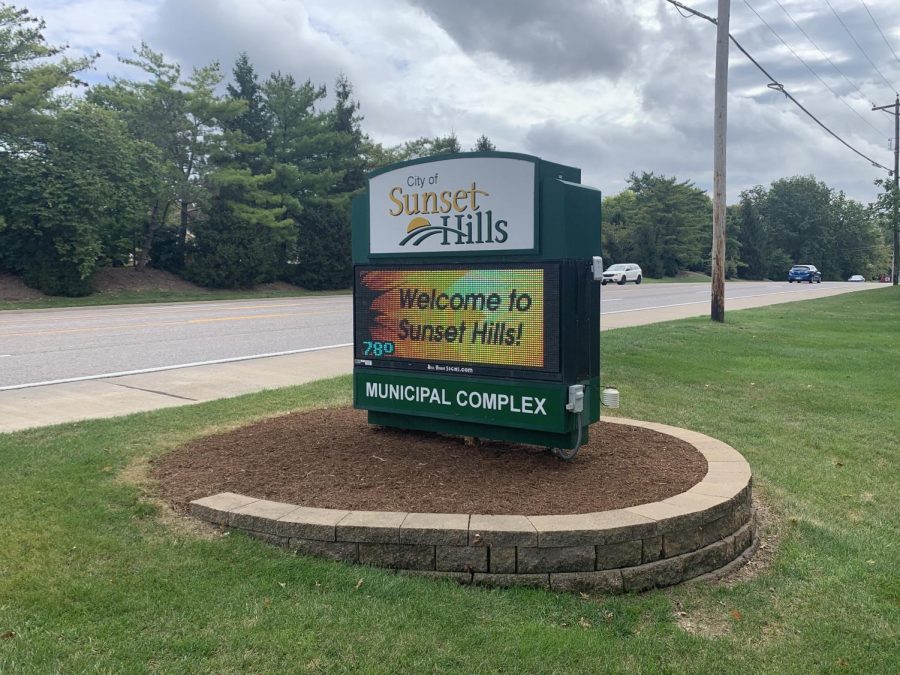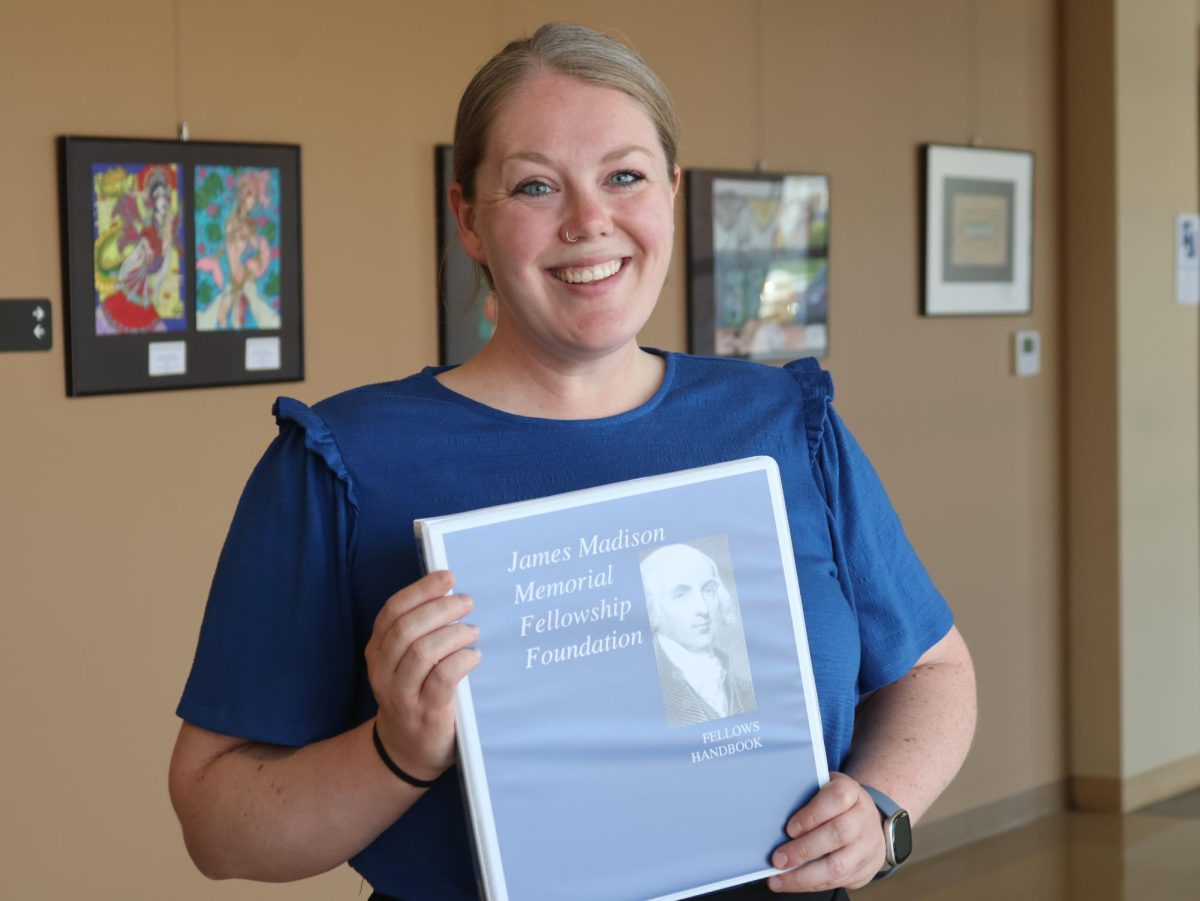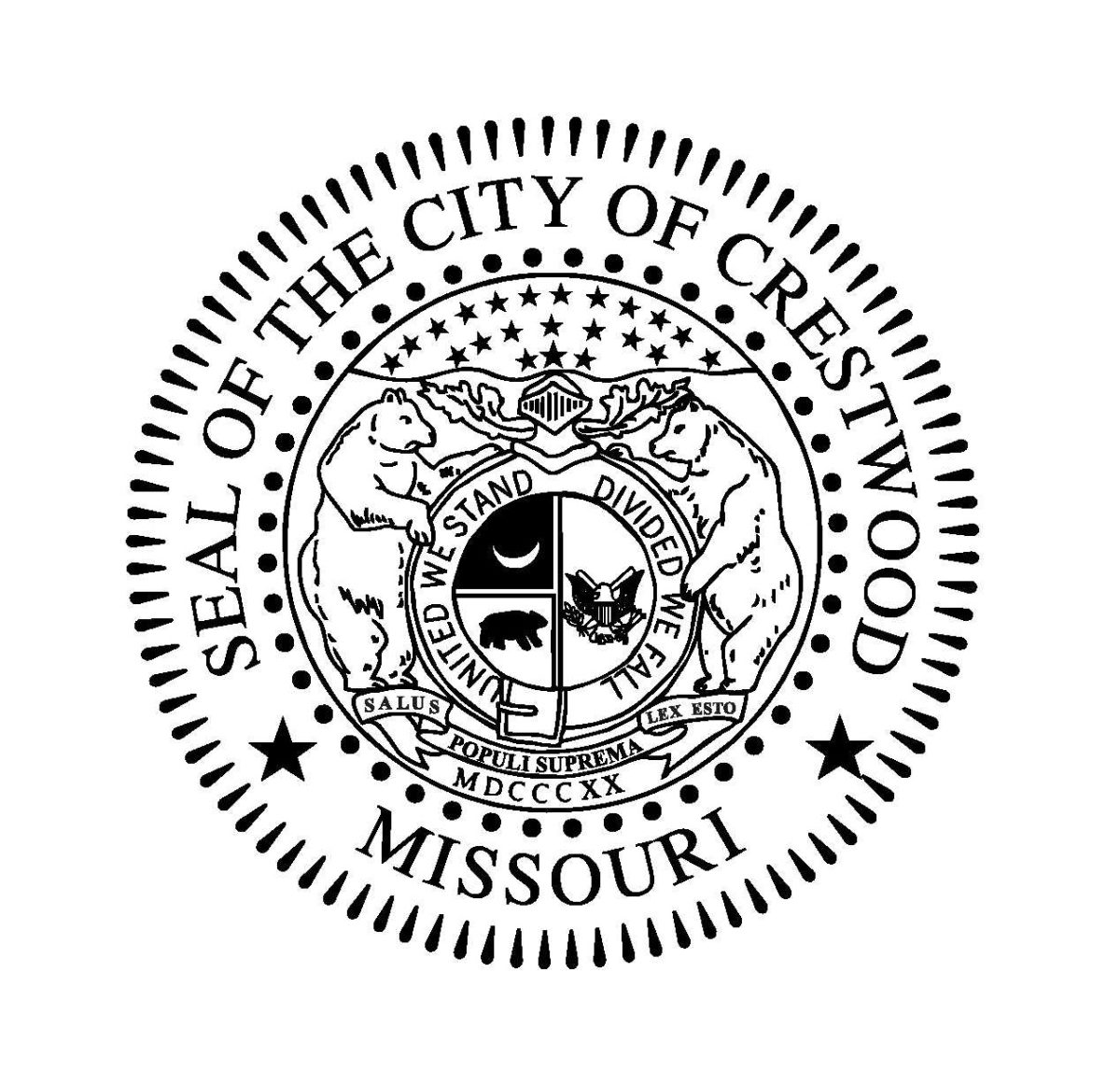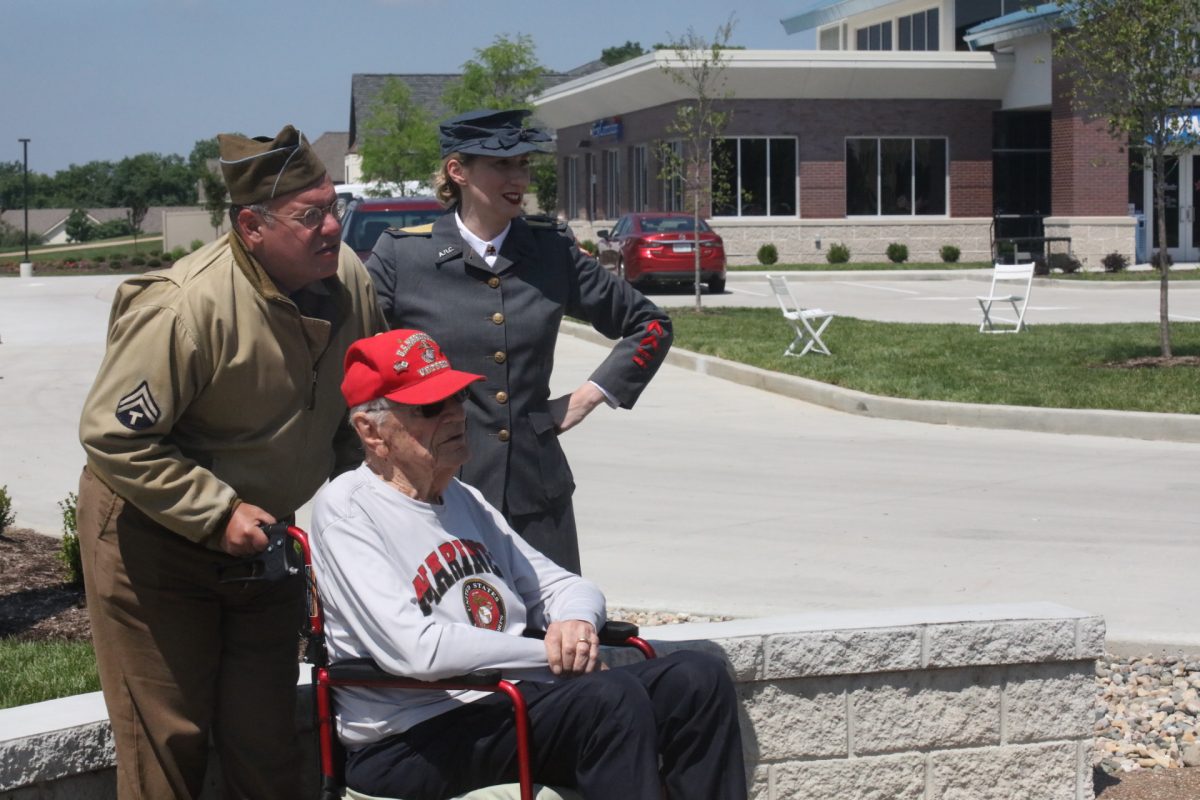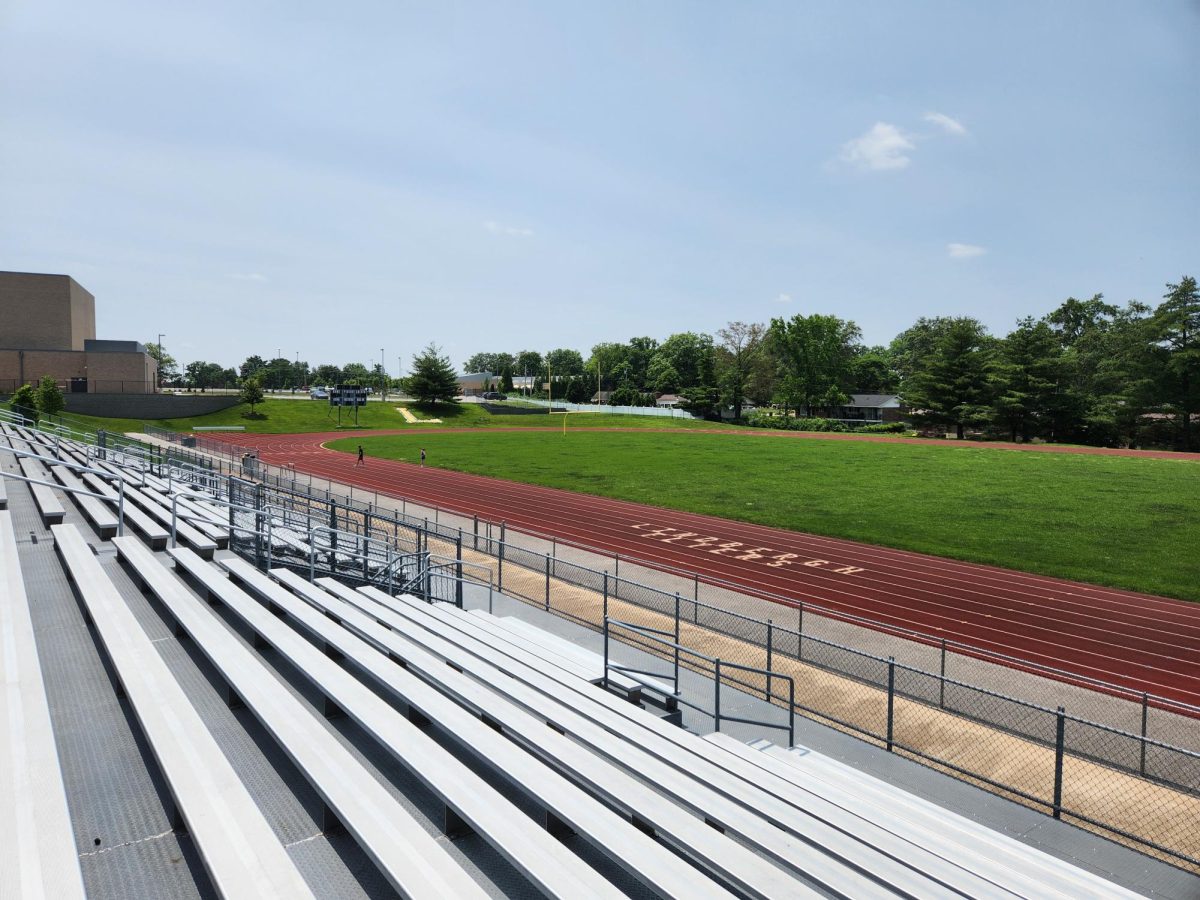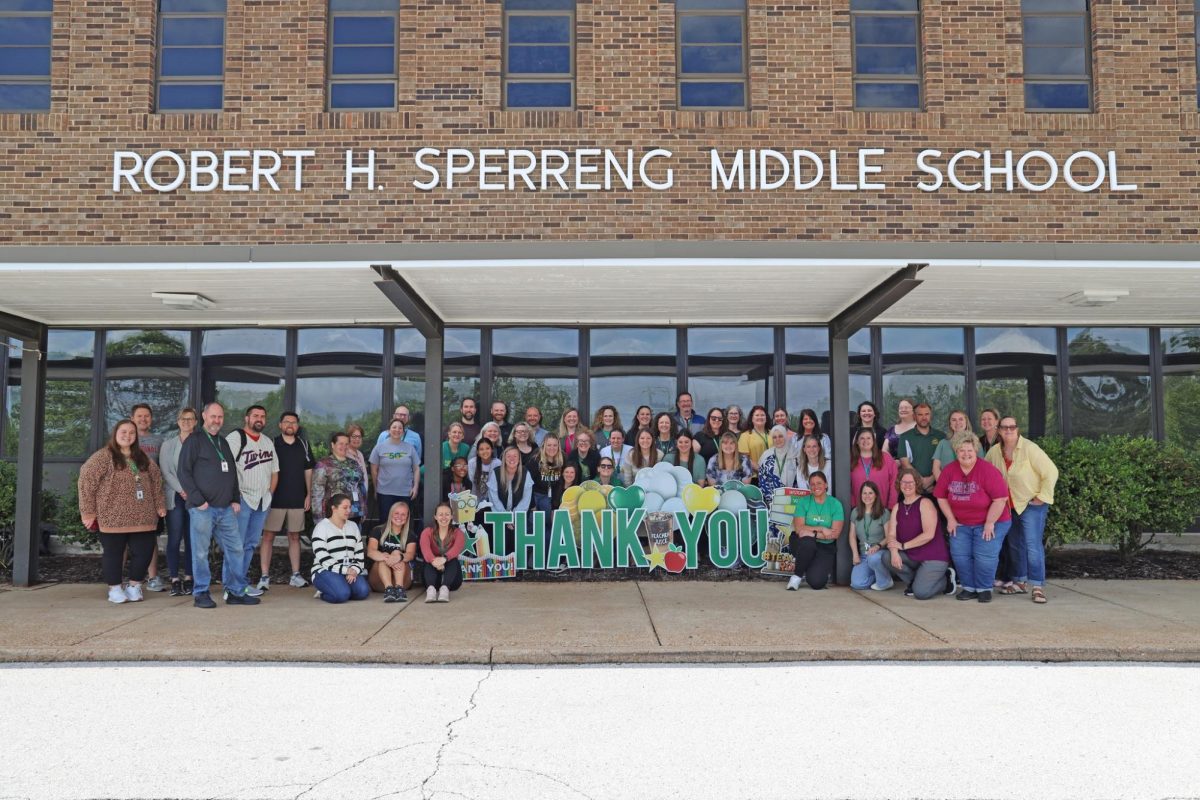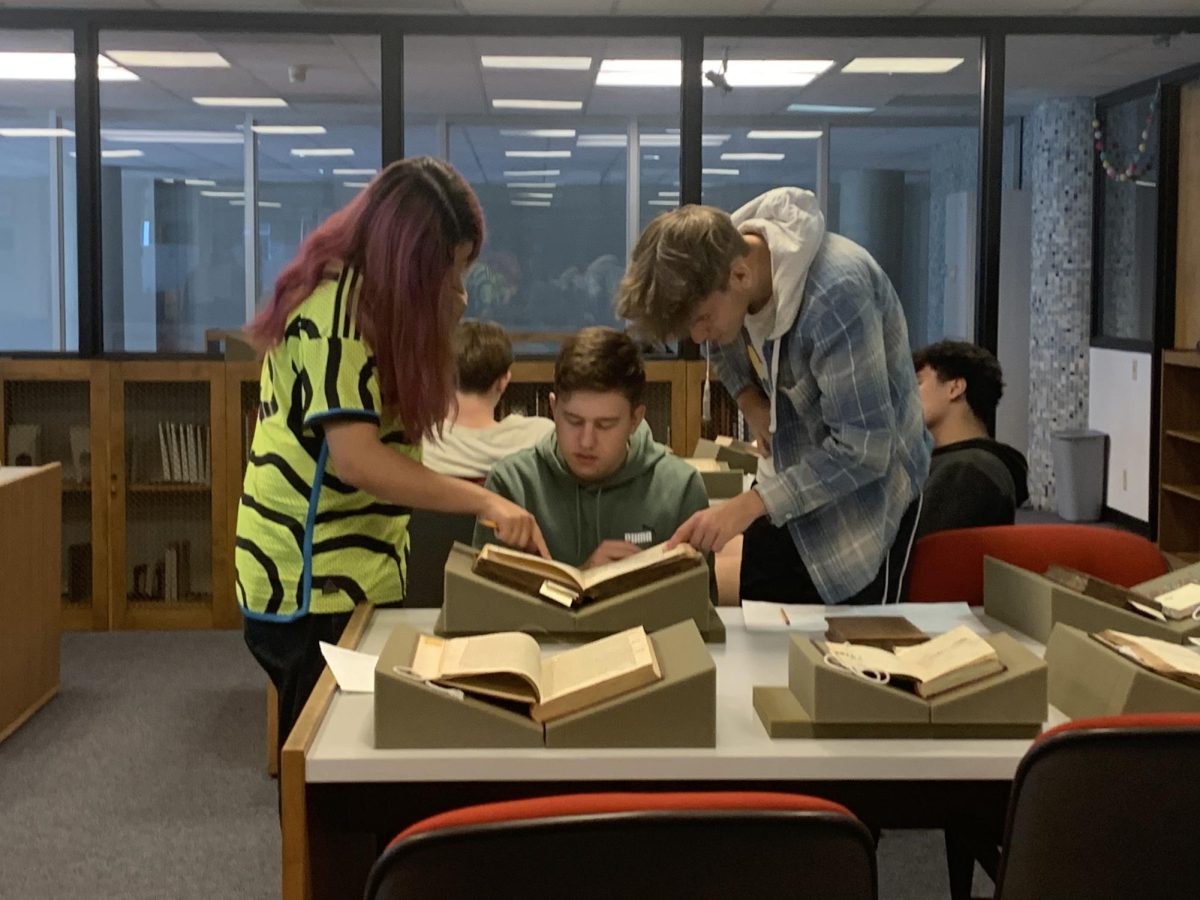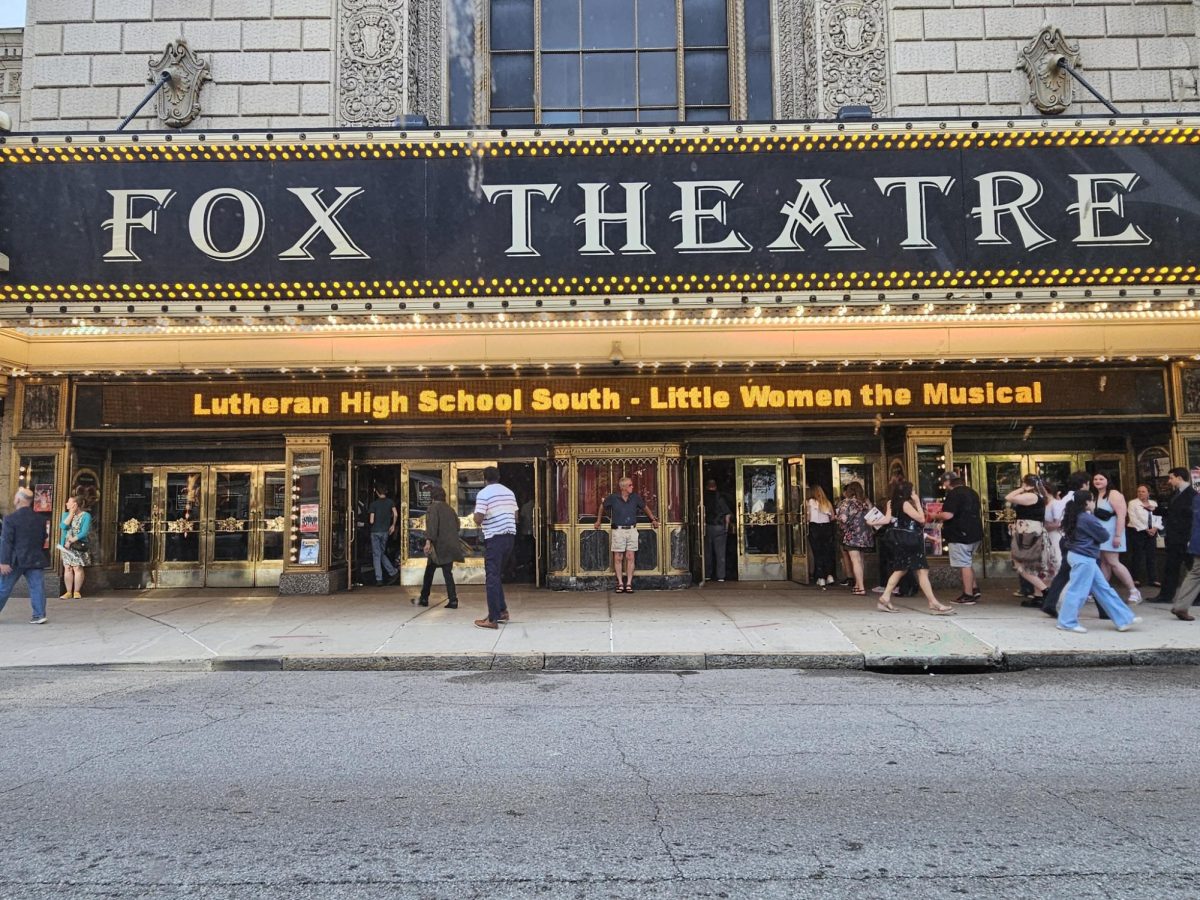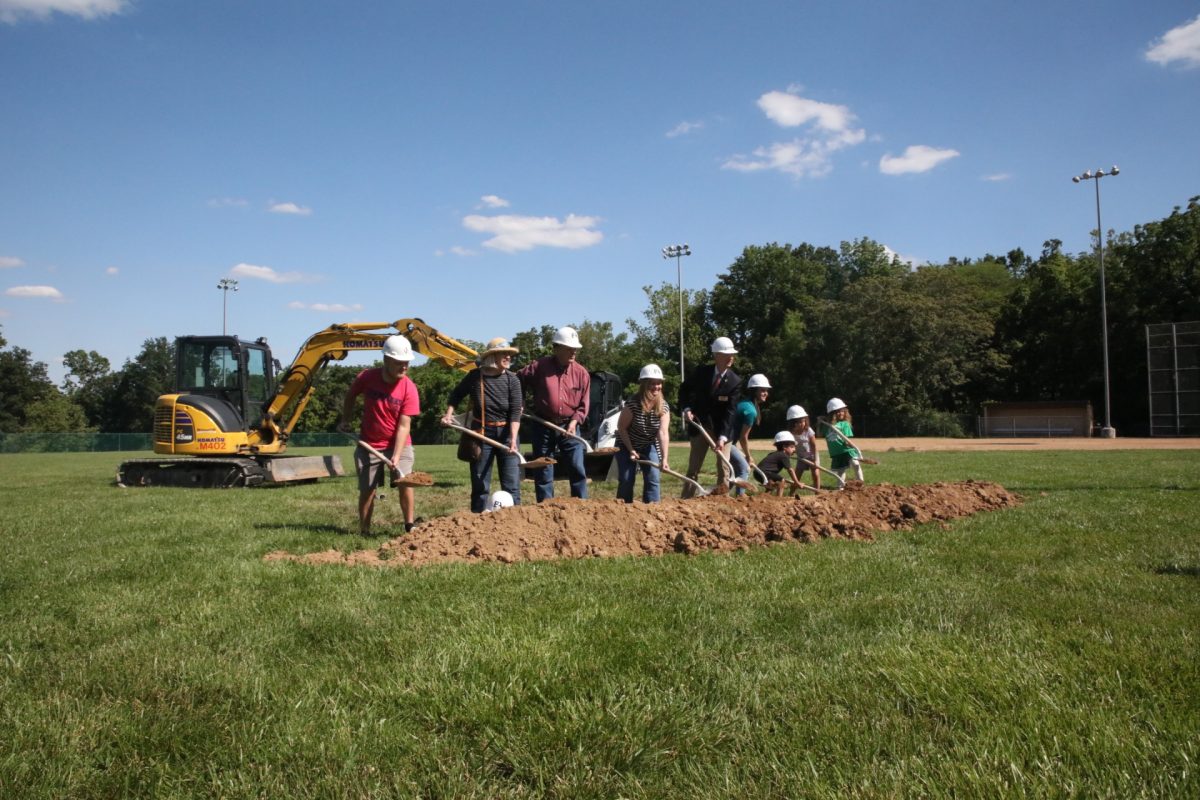The Sunset Hills Board of Aldermen got a fresh look at the city’s new zoning code and zoning map overhaul last month during a special workshop on the unified development ordinance.
The zoning code rewrite has been a work in progress for the past four years, overseen by Chicago-based urban consulting firm Houseal Lavigne. The rewrite, along with the zoning map, has undergone years of discussion at Planning and Zoning Commission meetings, aldermanic meetings and resident town halls.
John Houseal, principal at Houseal Lavigne, said the goal of the rewrite was to “create a more contemporary, comprehensive code that’s a bit more user-friendly.”
Currently, Sunset Hills has 18 zoning districts, with six residential districts, a non-urban district, a commercial district and nine different planned development districts. As proposed at the Oct. 26 special workshop, the number of zoning districts in the city would be reduced from 18 to nine. The new code would have zoning districts for parks and open space, non-urban, local commercial, general commercial, light industrial and professional office, as well as six residential districts.
Under Houseal’s initial proposal, the six residential districts would have been reduced to four, but the firm was directed to change the residential zoning districts back to their current listing after a previous UDO workshop in 2019.
The proposed update also outlines development standards for the entirety of the city. These are standards that are not specific to a district but apply generally across all districts.
“Development standards … orient towards components of development, like off-street parking, landscaping, fences, accessory dwelling units, building grade, visibility of intersections, performance standards,” Houseal said. “All these types of things could exist in every type of zoning district – they aren’t district-specific. They’re development standards … standards of general applicability.”
Several of the aldermen’s concerns echoed those of residents at previous meetings and town halls, including housing density, adequate notice to residents of proposed development plans and chain-link fencing.
Ward 3 Alderman Cathy Friedmann motioned that any recommendation from the planning committee or staff study regarding a proposed development be posted on the city’s website within 48 hours of that recommendation or study being made for greater transparency. The motion passed unanimously.
“There are several areas in the UDO that procedurally require developers to present plans or for planning and zoning to submit a recommendation or for staff to do a study. I would like to make a blanket motion, that in any of those, that the plan, the report or the recommendation be posted within 48 hours to the city’s website,” Friedmann said. “As soon as something is in hand – aside from just staff and planning and zoning seeing it, it gets uploaded to the website.”
The updated code also addresses chain-link fences. An earlier draft had eliminated the construction of new residential chain-link fences altogether but the Planning and Zoning Commission recommended a provision that existing silver chain-link fences can be repaired and replaced with silver chain-link, while any new fences could be chain-link as long as it was coated or painted.
Friedmann said as proposed at the Oct. 26 meeting, it was not clear that existing silver chain-link could be repaired with silver chain-link.
“Suppose someone has a silver chain-link fence and it gets damaged or blown down or something. The way I read this, as it’s written, is if it’s a new chain-link fence, it has to be coated or painted. .. What planning and zoning recommended was that existing fences can be repaired,” Friedmann said.
City Engineer Bryson Baker clarified that if it is an existing silver chain-link fence that needs to be repaired or replaced entirely, silver chain-link could be used. The provision for coated or painted chain-link applies strictly to new construction.
After some further discussion, it was decided that the code would go back to Houseal Lavigne to be updated with the additional changes made at the workshop. From there, the code will appear before the Planning and Zoning Commission once more for review before going back to the board.
Houseal said that the changes to the code discussed by the aldermen could be made within 30 days.



